MAOI Tyramine Calculator
Calculate Your Tyramine Intake
Enter your meal components to check if your tyramine intake stays under the safe limit of 6mg per meal. Remember: tyramine adds up when combining foods.
Tyramine Analysis
Safety Recommendations
When you're on an MAOI antidepressant, food isn't just about nutrition-it can be a silent threat. Monoamine oxidase inhibitors like phenelzine (Nardil), tranylcypromine (Parnate), and isocarboxazid (Marplan) work brilliantly for treatment-resistant depression, but they come with a strict rule: avoid foods high in tyramine. One bite of the wrong cheese, a glass of old beer, or leftover meat stored too long can spike your blood pressure to dangerous levels-sometimes within minutes. This isn't a theoretical risk. In 1964, a patient on phenelzine died after eating cheddar cheese. Today, the same thing still happens, though less often, because we now know more about what’s truly dangerous-and what’s safe.
Why Tyramine Is Dangerous with MAOIs
Your body normally breaks down tyramine using an enzyme called monoamine oxidase-A (MAO-A). MAOIs block this enzyme, so tyramine builds up. When it does, it forces your body to release a flood of norepinephrine, which slams your blood pressure upward. A hypertensive crisis can hit fast: pounding headache, blurred vision, chest pain, rapid heartbeat, and in worst cases, stroke or death. The threshold? Around 6 mg of tyramine per meal for most people. But some individuals react to less, especially if they’re taking other meds or have genetic differences in how their body handles MAO-A.What Foods Are Actually Dangerous Now?
The old MAOI diet lists were brutal: no cheese, no beer, no soy, no bananas. But food science has changed. Modern refrigeration and production have cut tyramine levels in many foods dramatically. Here’s what still matters:- Aged cheeses (over 6 months old): Cheddar, blue, parmesan, gouda. These can hit 20-100 mg per 100g. Stick to fresh cheeses like cottage cheese, mozzarella, ricotta, and cream cheese-they’re safe.
- Tap beer and unpasteurized beer: These contain 5-35 mg per 100g. Bottled, pasteurized beer is fine in moderation (one 330ml serving per week max).
- Dry fermented sausages: Salami, pepperoni, summer sausage. These can have 25-150 mg per 100g. Avoid them entirely.
- Improperly stored meat or fish: Leftovers stored over 48 hours at fridge temps (4°C) can develop dangerous tyramine levels. Freshly cooked meat eaten the same day? Safe. Refrigerated leftovers? Avoid for the first 4 weeks.
- Soy sauce and some tofu: Soy sauce ranges from 10-118 mg per 100g. Skip it. Tofu varies-stick to 100g portions no more than twice a week, and choose fresh, refrigerated brands.
- Overripe bananas: The pulp of a fresh banana has less than 1 mg per 100g. Avoid banana peels and overripe, brown-spotted ones.
- Chocolate: Up to 30g of dark chocolate is safe. More than that? Skip it.
Here’s the catch: tyramine doesn’t build up in a single food. It adds up. Eating a slice of aged cheese, a glass of wine, and a handful of nuts in one meal? That’s a recipe for trouble-even if each item alone is below the limit. The real danger isn’t one food. It’s combinations.
What’s Safe to Eat?
You don’t have to eat bland, boring food. Here’s a realistic list of foods that are safe under normal storage:- Fresh chicken, beef, pork, and fish (eaten within 24 hours of cooking)
- Most fruits: apples, oranges, grapes, berries, fresh bananas (not overripe)
- Most vegetables: lettuce, carrots, broccoli, potatoes
- Fresh dairy: milk, yogurt, cottage cheese, mozzarella, ricotta
- Pasteurized eggs and egg substitutes
- Pasta, rice, bread (no moldy or fermented versions)
- Instant coffee and decaf (avoid espresso shots if you’re sensitive)
- Most bottled soft drinks and non-alcoholic beer
Remember: storage matters more than the food itself. A block of cheddar in the fridge for two weeks? Dangerous. The same block fresh from the store? Probably safe. Leftover lasagna from last night? Avoid it. Cooked chicken eaten the same day? Fine.

Your Personal Safety Plan
A generic diet list won’t save you. You need a plan.- Start with a food diary. Write down everything you eat and drink for the first 7 days. Note how you feel. Check your blood pressure before and 2 hours after meals.
- Buy a home blood pressure monitor. Get one that measures from the upper arm, not the wrist. Check it daily. If your systolic pressure hits 180 mmHg or higher, take 0.2-0.4 mg of sublingual nifedipine (if prescribed) and call 911.
- Carry an MAOI ID card. Print one from the Mayo Clinic’s website or make your own. List your medication, dose, and emergency instructions. Keep it in your wallet or phone.
- Don’t trust restaurant food. Even if they say it’s fresh, you don’t know how long the chicken sat in the fridge. Order grilled fish or steak with steamed veggies. Skip sauces, soups, and anything fermented.
- Wait 14-21 days after stopping. Your body needs time to rebuild MAO-A enzyme activity. Don’t assume you’re safe just because you stopped the pill.
What About Selegiline (Emsam)?
The transdermal patch is different. At the lowest dose (6 mg/24 hours), it barely affects the gut’s MAO-A enzyme, so tyramine can still be broken down. You don’t need to avoid most foods at this dose. But if you’re on 9 mg or 12 mg patches? Then you’re back to the full MAOI diet. Always check your dose with your doctor. Never assume the patch is “safe” without confirmation.What If You Accidentally Eat Something Risky?
If you eat aged cheese, salami, or unpasteurized beer and feel a headache, chest tightness, or sudden anxiety:- Check your blood pressure immediately.
- If it’s above 180 mmHg, take your prescribed nifedipine (if you have it).
- Call 911 or go to the ER. Don’t wait. Don’t hope it passes.
- Tell them you’re on an MAOI. This changes everything.
Most ER staff don’t know about MAOIs. Be your own advocate. Bring your medication bottle or a printed list of your drugs.
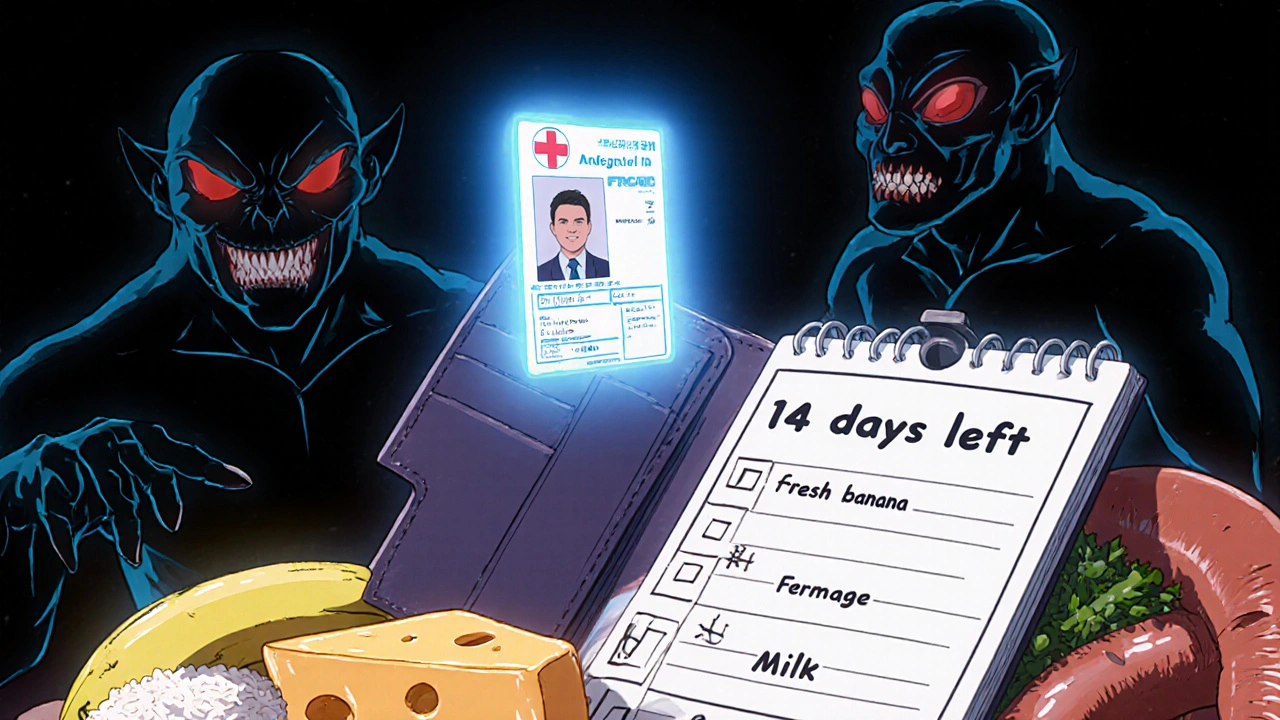
Why Are MAOIs Still Used?
They’re not first-line anymore. SSRIs and SNRIs are easier. But for people who’ve tried four or five antidepressants and still feel stuck? MAOIs work. Studies show 50-60% response rates in treatment-resistant depression, compared to 30-40% for SSRIs. That’s why specialists still prescribe them. In clinics that focus on hard-to-treat depression, up to 20% of patients are on MAOIs. The risk is real-but so is the reward.What’s Changing in 2025?
The rules are getting smarter. The USDA now has a public database of tyramine levels in over 500 foods. Researchers are testing genetic variants like MAOA-L, which make some people more sensitive to tyramine. And new drugs like moclobemide (available outside the U.S.) are reversible MAOIs that don’t require strict diets-they let your body clear tyramine naturally.But until those drugs are approved here, the safest approach is still: know your food, know your dose, know your body.
Can I drink alcohol on MAOIs?
Avoid all alcohol except for small amounts of pasteurized, bottled beer or wine. Tap beer, homebrew, and unpasteurized drinks contain high tyramine levels and can trigger a crisis. Even one glass of red wine can raise blood pressure dangerously. If you must drink, limit it to one 5 oz glass of bottled wine once a week and monitor your blood pressure.
Are bananas safe on MAOIs?
Yes, but only the pulp of fresh, yellow bananas. Overripe bananas with brown spots can contain up to 5 mg of tyramine per banana. Avoid banana peels entirely-they’re high in tyramine. Stick to one banana per day, and never eat it if it’s mushy or heavily spotted.
How long do I need to follow the MAOI diet?
You must follow the diet for as long as you’re taking the MAOI, plus 14 to 21 days after stopping. The enzyme monoamine oxidase takes that long to regenerate. Jumping off the diet too soon can still cause a hypertensive crisis-even if you feel fine.
Can I eat aged cheese if I only have a small amount?
No. Even 50g of aged cheese can contain 10-20 mg of tyramine-well above the 6 mg safety limit. The risk isn’t about portion size-it’s about the concentration. One bite of blue cheese can be enough to trigger a reaction. Don’t test it. Avoid it completely.
What if I forget and eat something risky? Should I stop my MAOI?
Don’t stop your medication on your own. Stopping abruptly can cause withdrawal symptoms like dizziness, nausea, and mood swings. Instead, monitor your blood pressure closely. If you feel fine and your pressure stays normal, you’re likely okay. But if you have any symptoms-headache, chest pain, rapid heartbeat-seek emergency help immediately. Always tell your doctor what happened so they can adjust your plan.
Are there alternatives to MAOIs that don’t require a strict diet?
Yes. Moclobemide is a reversible MAO-A inhibitor used in Europe and Canada that doesn’t require dietary restrictions. In the U.S., newer antidepressants like vortioxetine, esketamine nasal spray, or even ketamine infusions are options for treatment-resistant depression. Talk to your psychiatrist about whether one of these might work for you-especially if the diet feels too overwhelming.

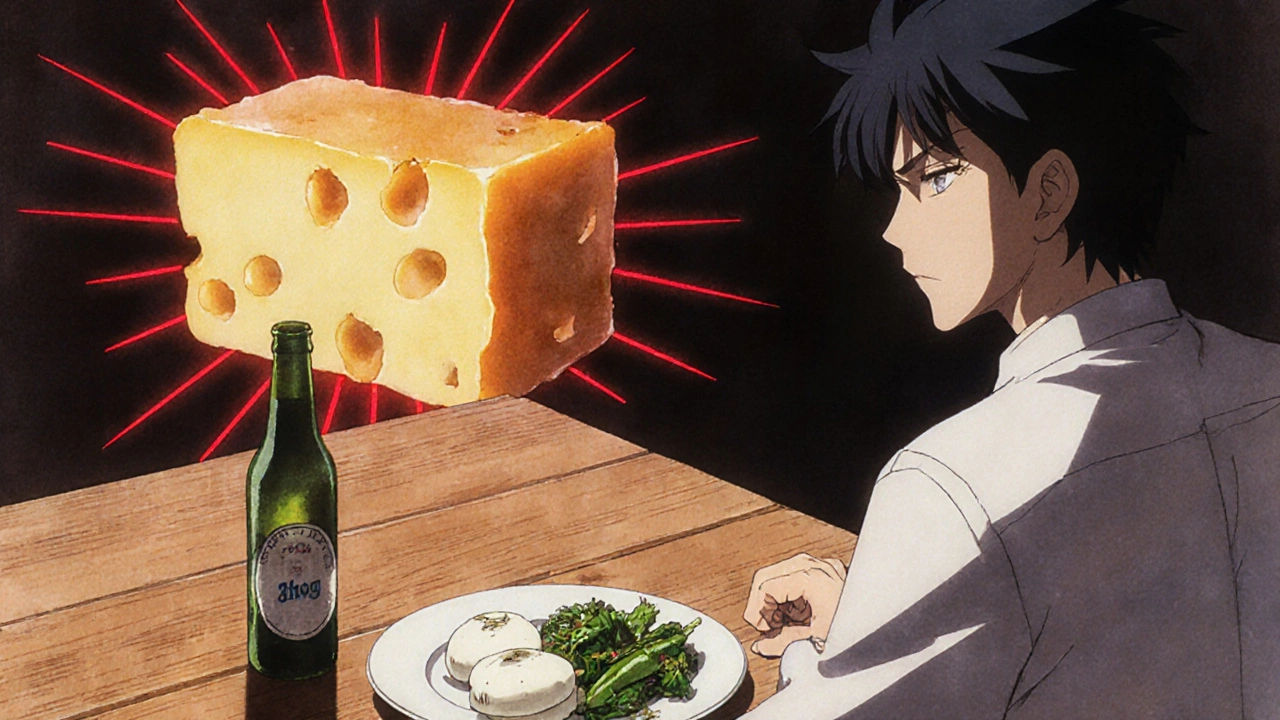


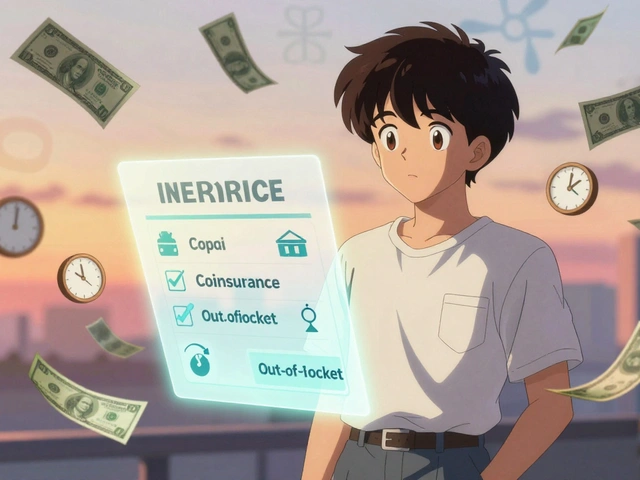
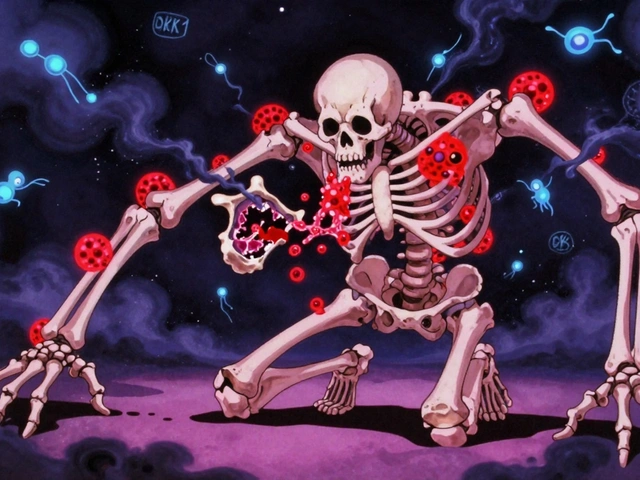
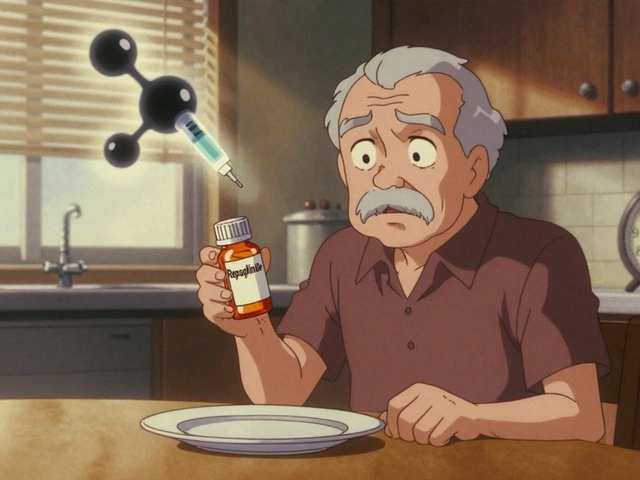
Kezia Katherine Lewis
November 22, 2025 AT 17:21Just want to flag that the USDA’s tyramine database is now publicly accessible - it’s been a game-changer for clinical dietitians working with MAOI patients. The data includes LC-MS/MS verified values for over 500 items, including fermented tofu and aged butter, which were previously lumped into ‘avoid’ categories without nuance. If you’re tracking intake, bookmark it. It’s not perfect, but it’s the closest thing we have to evidence-based thresholds now.
Also, the 6mg threshold? That’s for healthy adults. For elderly patients or those on CYP2D6 inhibitors, it’s closer to 3mg. Always individualize.
And yes - banana peels are a silent killer. I’ve seen two ER visits from people ‘just scraping off the brown bits’ thinking it was fine. Don’t.
Stay sharp, stay informed.
Lisa Detanna
November 22, 2025 AT 19:52Laurie, I get it - the diet feels like a prison sentence. But here’s the thing: you’re not giving up food. You’re trading a vague fear for a clear set of rules. Think of it like driving: you don’t have to stop driving because you’re scared of crashes. You just learn to wear a seatbelt, check your mirrors, and avoid drunk drivers. The MAOI diet is your seatbelt.
And honestly? You can still eat out. I travel for work. I order grilled salmon with roasted veggies. I ask for no sauces. I skip the bread basket. I don’t miss anything. It’s not about deprivation - it’s about awareness. And awareness? That’s power.
Also - yes, banana peels are dangerous. But fresh bananas? Perfectly fine. One a day. No worries. You’re not broken. You’re just learning a new language of safety.
John Mackaill
November 23, 2025 AT 10:20I’ve been on phenelzine for 8 years. The first year was brutal - I avoided every social gathering because I was terrified of accidentally eating something. But here’s what changed: I started reading labels like a forensic accountant. I bought a food scale. I kept a log. I stopped treating this like a restriction and started treating it like a skill.
Now I cook for friends. I make homemade pesto (no parmesan, just nutritional yeast). I’ve got a whole drawer of ‘MAOI-safe’ condiments. I even host potlucks. People think I’m weird for asking if the sausage is fresh or if the cheese is aged. But they respect it. Because I’m not being dramatic. I’m being precise.
If you’re struggling, find one thing you can still enjoy - like fresh mozzarella with tomato and basil - and build from there. You’re not alone.
Adrian Rios
November 24, 2025 AT 14:54Let’s be real - this isn’t just about food. This is about identity. When you’re on an MAOI, you’re not just taking a pill - you’re joining a secret club of people who’ve been told ‘nothing works’ and then found a lifeline that actually does. And with that lifeline comes this weird, heavy responsibility - to know your cheese, your beer, your leftovers, your blood pressure numbers, your emergency meds, your doctor’s number, your ER protocol, your genetic predisposition, your enzyme half-life, your emotional resilience, your social boundaries, your sleep hygiene, your stress triggers, your caffeine tolerance, your alcohol threshold, your sodium intake, your hydration levels, your supplement interactions, your seasonal mood shifts, your menstrual cycle, your gut microbiome, your medication timing, your meal spacing, your sleep schedule, your cortisol rhythm, your dopamine sensitivity, your serotonin turnover, your norepinephrine baseline, your autonomic nervous system reactivity, your HPA axis function, your liver enzyme activity, your renal clearance rate, your plasma protein binding, your pharmacokinetic profile, your psychological coping mechanisms, your support network, your insurance coverage, your pharmacy access, your refill schedule, your pill organizer, your alarm system, your backup plan, your emergency contact list, your medical ID, your hospital preference, your trauma history, your childhood food memories, your cultural food rituals, your grief over lost meals, your joy in rediscovered ones, your fear of death, your love of life, your quiet rebellion against a system that says ‘you’re too complex to treat’ - and you say ‘watch me.’
So yes - avoid the salami. But also - celebrate that you’re still here. Still fighting. Still eating. Still living. Still choosing to be well. That’s not a diet. That’s a revolution.
Casper van Hoof
November 25, 2025 AT 22:05It is worth noting that the historical narrative surrounding MAOI dietary restrictions has been largely shaped by anecdotal case reports from the 1950s and 1960s, prior to the advent of modern food preservation technologies. Contemporary epidemiological data, particularly from the European MAOI Registry, suggest that the incidence of tyramine-induced hypertensive crises has declined by over 78% since 1990, correlating directly with improved cold-chain logistics and standardized fermentation protocols. Moreover, the pharmacokinetic profile of transdermal selegiline at 6 mg/24 h demonstrates negligible gut MAO-A inhibition, thereby rendering dietary restrictions functionally obsolete at this dosage tier. It is therefore both scientifically and ethically incumbent upon clinicians to reevaluate the blanket application of the traditional MAOI diet in light of these developments. A one-size-fits-all approach, while historically expedient, is no longer tenable in precision psychiatry.
Richard Wöhrl
November 27, 2025 AT 00:19Just wanted to add something critical - if you’re on an MAOI and you’re using any OTC meds, supplements, or even herbal stuff (St. John’s wort, 5-HTP, DHEA, even some cold medicines), you’re playing Russian roulette. I’ve seen patients come in with BP over 220 because they took Sudafed and thought ‘it’s just a decongestant.’ It’s not. It’s a norepinephrine bomb.
Check every single thing you take - even topical creams. Some lidocaine patches have epinephrine. Some cough syrups have dextromethorphan. Some fish oil has vitamin D3 that interacts with MAOIs. Don’t assume. Don’t guess. Use the MAOI Drug Interaction Checker from the University of Washington’s Pharmacology Department. Print it. Tape it to your fridge.
And yes - if you’re on moclobemide outside the U.S., you’re lucky. It’s a beautiful drug. But if you’re stuck with phenelzine? You’re not broken. You’re just doing the hard thing. And that’s okay. You’re doing better than most.
Pramod Kumar
November 27, 2025 AT 13:30Man, this post hit me right in the soul. I’m from India, and we eat a lot of fermented stuff - idli batter, dosa batter, pickles, even some curd that’s been sitting for days. I thought I was safe because ‘it’s natural.’ But guess what? That idli batter left out for 18 hours? Tyramine city. I had a headache so bad I thought I was having a stroke. Turned out it was the batter.
Now I make fresh batter every morning. I freeze leftovers. I avoid anything that’s been sitting more than 12 hours. My grandma thinks I’m crazy - ‘Back in my day, we ate everything!’ But I tell her - ‘Grandma, you didn’t have MAOIs. I do.’
It’s not about fear. It’s about love. Love for the life this drug gave me. I used to cry every morning. Now I make chai, eat fresh mango, and watch the sunrise. I didn’t lose my food. I found my peace.
Brandy Walley
November 27, 2025 AT 23:13